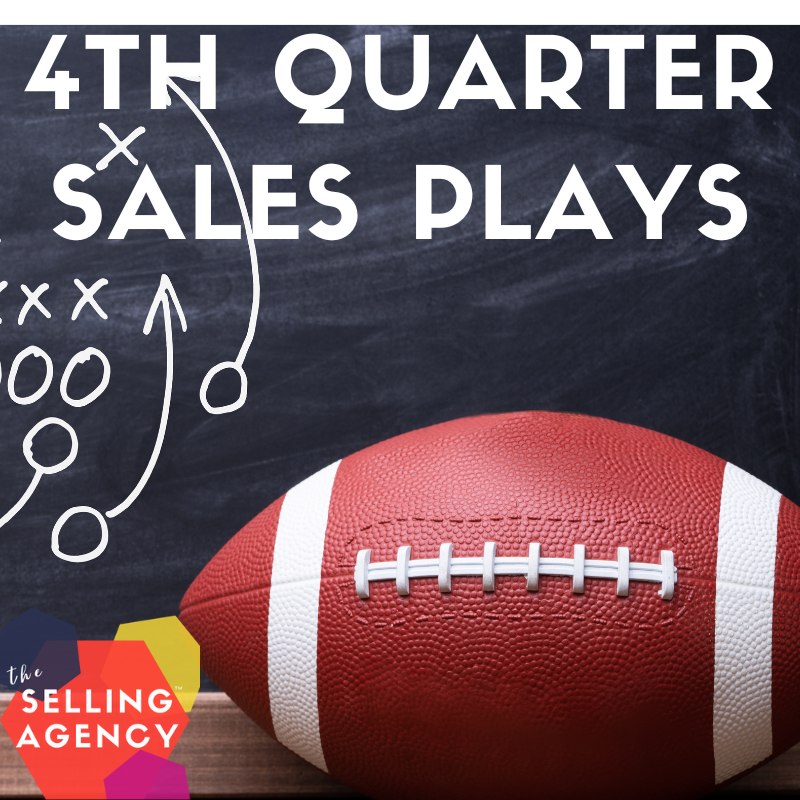Have you ever tried to buy something and “abandoned ship” or, cart, because the seller was just making things too difficult to complete the sale?
Whether you’re selling something online or in person, there are several things you could be doing that are putting barriers up between you and closing a sale.
We get really myopic in our own business so it’s hard to realize sometimes when we’re asking customers to jump through hoops. Take a look at your business from your customers’ point of view. Do you recognize any of these Roadblocks in YOUR business?
TOO MANY STEPS/ NO CLEAR NEXT STEP OR ACTION
I recently called a number for a service that was referred by a friend. She said, “For a free assessment, call 555.5555″. So, I called . . . because I wanted an assessment. This person was the sales person for this company and went to great lengths to tell me all about the services and then gave me the name and number of the owner and said “Call her and tell her I sent you.” Wait, WHAT? If I’m supposed to call you for an assessment, and I do, I’ve presumably already decided I want an assessment. Why then do I have to call another number to talk to another person to accomplish the first thing I wanted to do? You’ve just wasted my time and annoyed me – which sets the tone for the rest of our relationship.
Are you creating extra work for your customers? Does every employee have the resources to move sales opportunities forward? Is it clear to your Employees AND customers what the next steps are in the sales process? Take a look through your Customer Journey {online, email, in person} to see if you’re making it difficult for your customers {or employees} to get to the next step in your sales process.
OVERSELLING
This term, “Overselling” should really be called “Over talking” or “Feature Spew”. Are you drowning your customers in features? One easy way to correct this is to ask questions. Telling is not Selling. Asking is. Give your customers some room to breathe, contemplate and ask their own questions. They shouldn’t have to wade through dozens of paragraphs or testimonials or listen to monologues about your product or services unless it’s on their terms and they are the ones asking for more information. Many a sales person has talked themselves out of a sale because they didn’t listen for cues that the customer was ready to make a decision. Don’t make your customers fight for the opportunity to tell you they’re ready to buy. Many of them will just move on.
TOO MANY PEOPLE INVOLVED
When was the last time you tried to buy a car? Did you talk with the sales person, his/her manager and then the finance manager, then the coffee supervisor, the paperwork commissioner, the key administrator, et cetera? Ok, so that’s what it felt like to me as the customer. In the end of that particular scenario, it felt like there was a “gang” sale approach – their 4 to my 1. That’s just one example but how many people do you have involved in the sales journey of your customer? Is each person working in tune with the others or do they have their own agenda? Are they moving the sale forward or bringing value? Take a look inside your organization and look at the people before and after the sale that your customer encounters. Again, is their journey a clear and smooth one or are they feeling like a ping pong ball bouncing back and forth?
DUPLICATE INFORMATION {INEFFICIENCY}
This is one of those things that drives me crazy and has a lot to do with the scenario above! When a customer makes a purchase from a company, yes, they might go through Jeff, The Sales Rep, but Jeff is part of The Company and Jeff should relay all pertinent information back to the company rather than the customer repeating the same standard information to Customer Service, Finance, Managers, et cetera. Are you asking customers to repeat their problems or information multiple times throughout the sales process? Yes? Then, I guarantee, you’re annoying them. This is the perfect place to invest in technology – to make the process easier for your customers {and consequently, your organization as well}.
TOO MUCH INFORMATION
When you walk into a business – virtually or in person, it’s natural and expected that you’re going to be asked a question or two so that you can be helped effectively. However, with the unfortunate abuse of information in the pursuit of sales, people are wary about how much information they reveal or share. What are you asking of customers before giving anything in return? Email, address, phone number, survey’s . . . if you’re asking for too much information for a small return, prospects will abandoned ship early if the perceived effort and vulnerability isn’t justified by the estimated reward. Figure out just the right amount of information to request before you return the value – building trust and confidence with your prospective customers.
UNAVAILABLE/UNRESPONSIVE
Seems pretty basic, right, that if you have something to sell, you’d be available to sell it, answer questions or receive sales. Not always the case, though. Phones ring endlessly, emails go unreturned and messages reach no one. For many busy small businesses, the processes and systems to respond to all customer inquiries depend upon and are limited to the administrative capabilities {memory, calendar, sticky notes, hours in the day} of the sales person or coordinators. People can fail, processes rarely do. Automating and replicating with technology can capture more leads, and make selling easier for your business and ease frustration from customers who are trying to give you their business.
PUTTING THE PUZZLE PIECES TOGETHER
What if I don’t have all the information or know what prep I need to do before making a purchase from you? You’re in a lot better shape to close the deal if you walk me through or hand deliver me to the missing puzzle pieces rather than leaving me to my own devices {and my own lack of sense of urgency or just plain busy schedule} to be ready to purchase from you. If your customer needs help to get to the purchasing point, BE THE SHERPA. The loyalty derived from being the valuable guide to your customers is nearly unbreakable.
This list could probably be double its size. We could include the problems with Mysterious Pricing – not helping your customers prequalify themselves in your price ranges, or the Payment Hoops that you might be making customers jump through.
What can you do to eliminate the barriers for your customers? Can you walk through your customer journey and the sales process with a fresh perspective to see what hoops you’re asking customers to jump through? Chances are, there are a few but once you recognize them, you can take them out. Looking at “success” from your customers’ perspective can increase sales conversion, loyalty and profit!
Until next time, keep kickin’ butt!












Excellent article as always. You make it seem so easy!
Thanks so much, Stacie! I’d love to work with you all – I’ve got dozens of ideas to help you stand out!